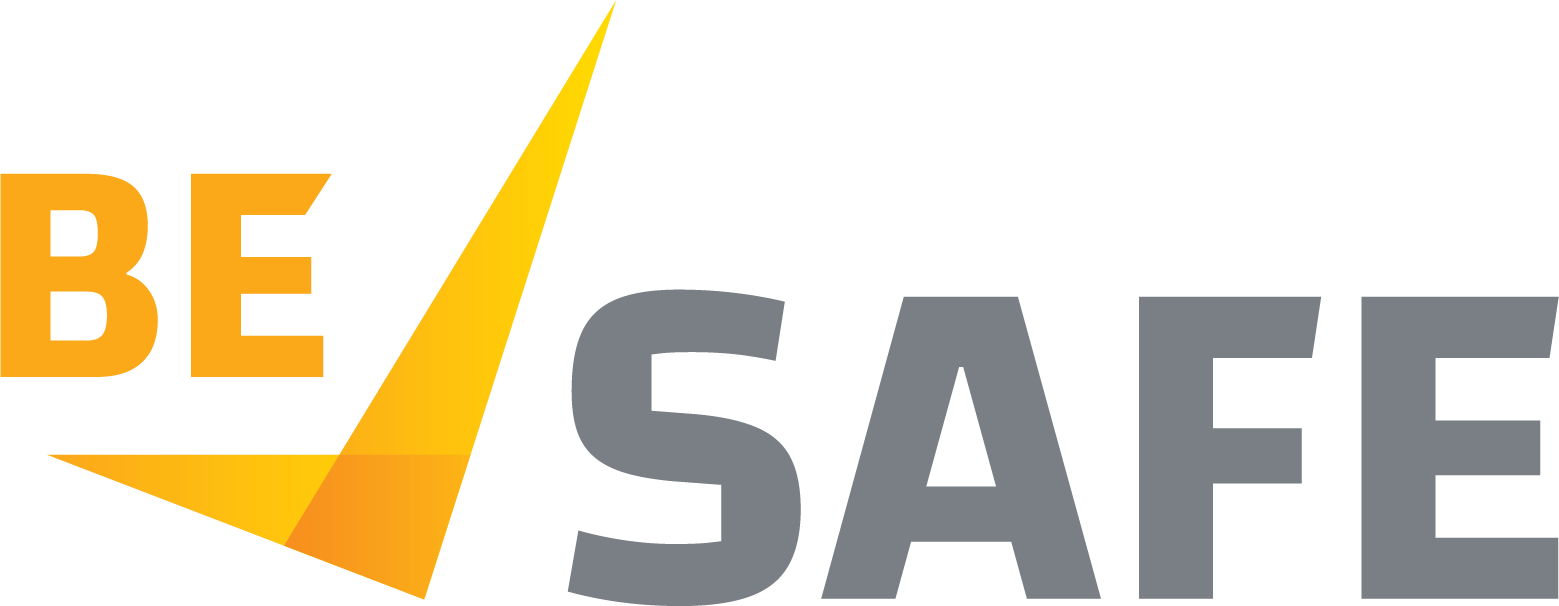By admin
•
December 15, 2025
Snakes are a natural part of the Australian environment, but when they enter worksites, they can pose significant risks. Snakes are most commonly encountered in industries such as construction and agriculture, but snakes can appear in any workplace – including in offices, warehouses, outdoor work areas, or storage spaces. Warm weather increases snake activity, making encounters more likely during summer months. The danger presented by snakes is very real, as snakebites can cause serious injury or death. Common Risk Factors There are certain workplace conditions which increase the likelihood of snakes appearing: Vacant sites : Snakes often move into quiet areas during holiday breaks or weekends. Shelter opportunities : Stored materials, rubble, sheds, and equipment provide dark, cool hiding spots. Food sources : Mice, frogs, and other small animals attract snakes to worksites. Hot weather : Snakes become bolder and more active in summer. Prevention Strategies As always, employers are required to reduce risks to health and safety in the workplace. They can do this by adopting proactive measures: Site housekeeping : Remove rubbish, debris, and unused materials where snakes could hide. Control food sources : Limit rodent and frog populations by managing waste and water. Protective gear : Wear gloves, boots and long pants when working outside or handling stored materials. Awareness training : Inform workers about snake risks, especially after site closures or during hot weather. First Aid training: ensure staff are trained in the initial response in the case of a bite. If a snake is seen in the workplace One of the most important safety messages is never provoke a snake. Most bites occur when people attempt to attack or handle snakes. If a snake is sighted: Stop work in the area immediately. Report the sighting to supervisors. Contact local authorities or licensed snake catchers to remove the hazard. First Aid for Snake Bites Your workplace should have a trained First Aider. The initial first aid for a bite should include: Lie the person down and keep them still. Applying a broad, firm bandage around the bitten limb, about as tightly as for a sprained ankle. Bandage over the bite site first and then bandage as much of the limb as possible, starting from below upwards. Keep the victim still and calm and splint the limb if possible. Do not cut, wash, or apply a tourniquet to the bite. Access immediate medical care - dial 000. Don’t forget that you will need to complete an incident report after a snake bite has occurred. Then, your risk management follow up processes should be followed. A snake bite may be classified as a notifiable incident, in which case it must be reported to WorkSafe Victoria – call 13 23 60 . Conclusion Snakes are a real workplace hazard , especially in construction, agriculture, and outdoor industries. If your workplace is high risk for snakes then you are required to control the risk of snake bite. Prevention and awareness are the best defence: keep sites clean, reduce food sources, and train workers. Never provoke a snake —leave removal to professionals. First aid knowledge can save lives in the event of a bite. By treating snakes as a legitimate occupational hazard, workplaces can protect their workers from a potentially fatal hazard. For more information, see the following resources: Snakes at work: why you should never handle one yourself | WorkSafe.qld.gov.au Snakes on sites - OHS Reps Notifiable incidents under the Occupational Health and Safety Act 2004 | WorkSafe Victoria https://stjohn.org.au/app/uploads/2025/08/Fact-sheets_snake-bite.pdf




